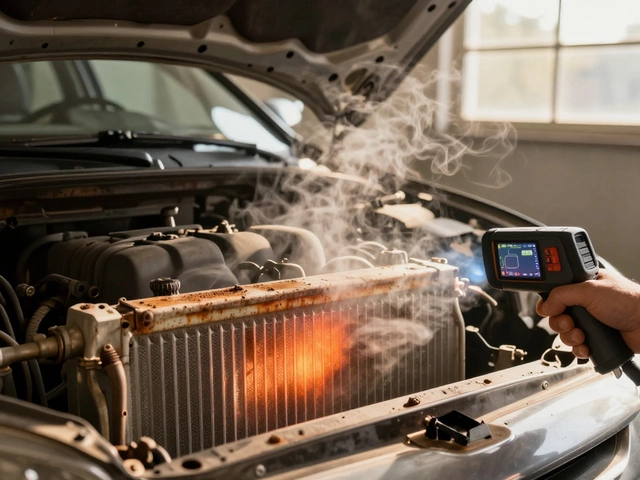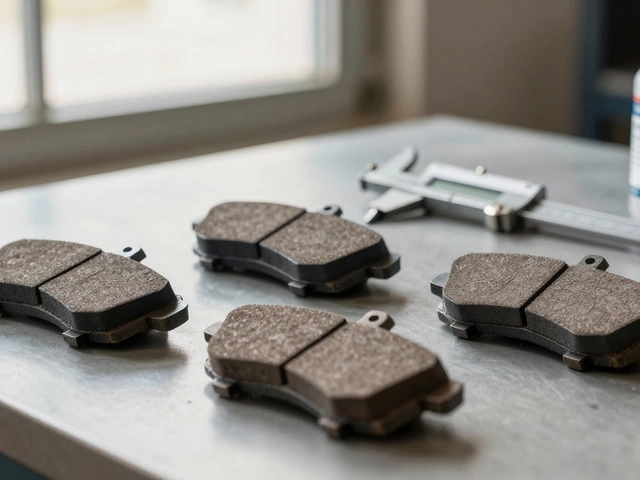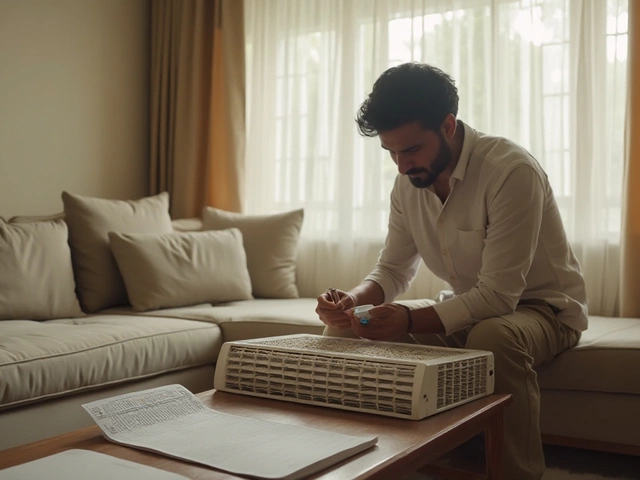Clutch Labor Hours: How Long Does It Really Take to Replace a Clutch?
When your clutch starts slipping or grinding, the big question isn’t just how much it’ll cost—it’s clutch labor hours, the amount of time a mechanic spends removing the transmission and swapping the clutch assembly. Unlike changing oil or brake pads, replacing a clutch isn’t a quick job. It’s one of the most time-consuming repairs on a manual transmission car, and the labor alone can take anywhere from 4 to 8 hours—sometimes more. That’s why a clutch job often costs more than the parts themselves.
Why does it take so long? Because the clutch, the component that connects the engine to the transmission and lets you shift gears sits right behind the engine, buried under the transmission, the gear-shifting system that transfers power from the engine to the wheels. To reach it, the mechanic has to disconnect the shifter, remove the battery, take out the starter, drain the transmission fluid, unbolt the transmission from the engine, and then lower the whole unit. That’s not a 30-minute task—it’s a full day’s work. And if your car has a tight engine bay, like a Honda Civic or a Ford Mustang, it can push the clock even higher. Some shops charge by the hour, others by flat rate, but the labor time rarely changes.
What else affects clutch labor hours? The car’s age, drivetrain layout, and whether you’re doing it yourself or hiring a pro. Front-wheel-drive cars usually take longer than rear-wheel-drive ones because the transmission is harder to access. Older cars might have rusted bolts or worn mounts that slow things down. And if the flywheel needs resurfacing or replacing—which it often does—you’re adding another hour or two. That’s why some repair shops recommend replacing the pressure plate, the part that clamps the clutch disc against the flywheel and the throw-out bearing, the bearing that disengages the clutch when you press the pedal at the same time. It’s cheaper to do it all once than to pay for another full labor charge later.
Don’t be fooled by ads that promise "quick clutch replacements"—unless your car is a simple, high-clearance model, you’re not getting it done in under 4 hours. And if a shop quotes you less than that, ask what’s included. Are they reusing the old flywheel? Skipping the fluid change? Cutting corners on alignment? A good clutch job isn’t just about swapping parts—it’s about doing it right so you don’t have to do it again in six months.
Below, you’ll find real-world repair times, cost breakdowns, and tips from mechanics who’ve done this job hundreds of times. Whether you’re planning to DIY or just want to know if you’re being overcharged, these posts give you the facts—not the hype.

How Many Hours Does It Take to Replace a Clutch? Real-Time Estimates for Common Cars
Replacing a clutch typically takes 4 to 8 hours, depending on your car model and mechanic experience. Learn what factors affect labor time, signs of a failing clutch, and how to save money on parts and labor.
CONTINUE READING








